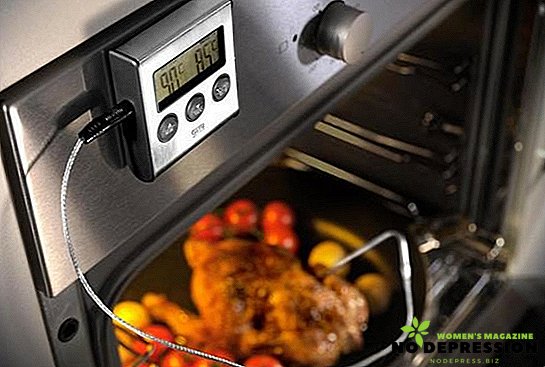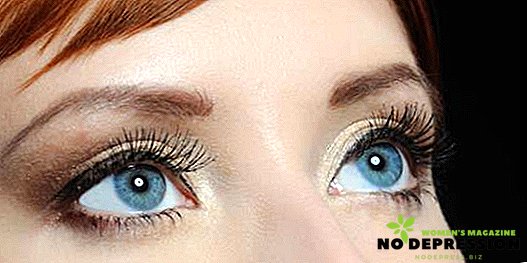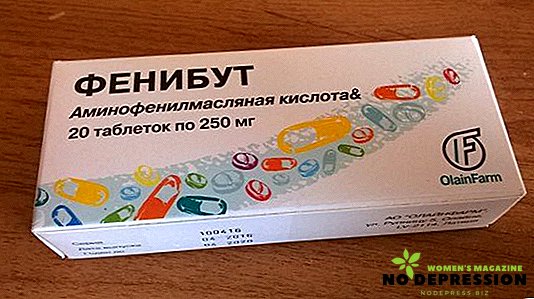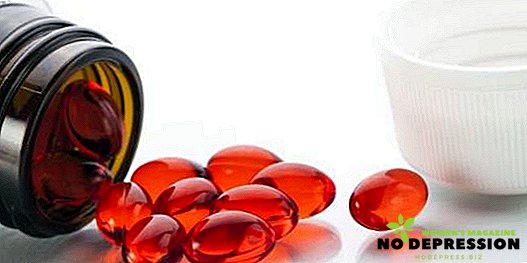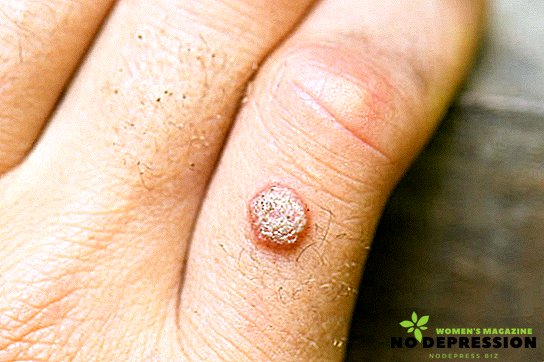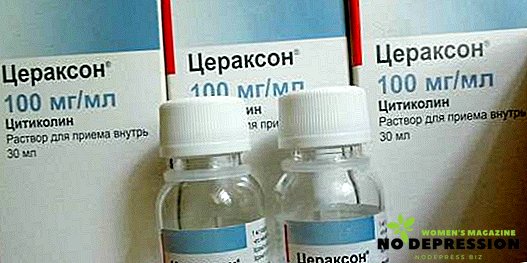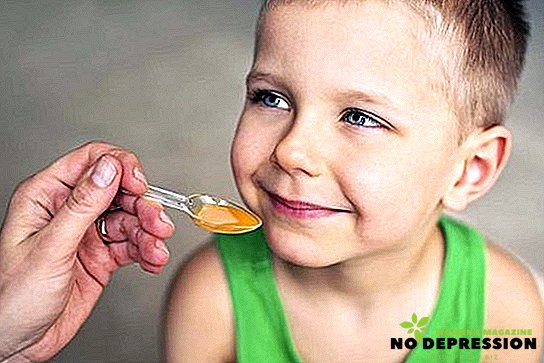Millet is the seed of millet, a plant planted in the central regions of our country. Several decades ago, the product was actively used in cooking.
Today, many refuse to eat millet, because of the content of carbohydrates in it. At the same time, people forget that the product contains a lot of vitamins and trace elements necessary for the body.
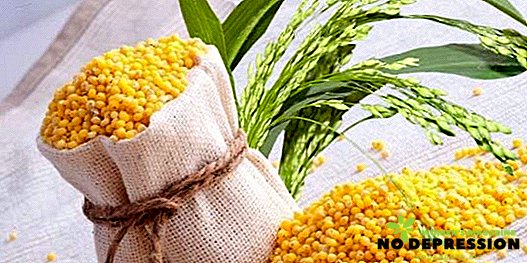
Variety, composition and calorie
There are 3 types of millet: ground, crushed and dranets. The first kind of cereal is considered the most qualitative and easily digestible. It is obtained by freeing the grains of millet from the films, the embryo and the shells.
The surface of the grains has a light color and a rough structure. Grinded grits are well and quickly boiled soft, and therefore it is ideal for cooking casseroles and porridges.
For the latter type of millet, only flower films are removed. The grains of millet are of a yellowish tint and have a smooth glossy surface.

A small white spot in the center of the grain indicates the presence of an embryo in it. As part of the embryo there is a large amount of fat, which is why millet is not subject to long-term storage.
Crushed grain - particles obtained during the processing of a whole product for millet-dranets or grinding. It is used when cooking viscous porridges.
Millet seed is 68% carbohydrate. In addition, it contains proteins (11.5%), fats (3.3%) and water (14%). The composition of the product also includes many vitamins:
- a nicotinic acid;
- thiamine;
- retinol;
- tocopherol;
- riboflavin.
Among the components of the product, there is a huge amount of minerals and nutrients: sulfur, phosphorus, magnesium, zinc, iodine, chromium, etc., therefore, millet is considered a particularly valuable food product.
Grain dishes are recommended for people who are seriously ill, unable to eat enough of their own food, but need energy and minerals.
340 grams of calories are contained in 100 grams of vegetable raw materials. This value corresponds to the grain in its raw form. But since the product is boiled before use, the energy value of the dish will be calculated from the total calories of all the ingredients of the dish (milk, butter, vegetable fats).
Health benefits of millet
 Useful properties of the product in question due to its high energy value in small quantities. A person can get enough of a small portion of a dish made from cereals and get all the necessary vitamins.
Useful properties of the product in question due to its high energy value in small quantities. A person can get enough of a small portion of a dish made from cereals and get all the necessary vitamins.
Due to the use of cereals from millet grains, the human body is supplied with "building material" for the renewal of dead cells. Wheat protein contains types of amino acids that cannot be synthesized independently by humans, but are only ingested with food.
Therapeutic use
For medicinal purposes, millet grains were used several centuries ago. For example, the filtered millet broth was washed with eyes with conjunctivitis.
Nowadays, millet dishes are popular in the diet menu. Porridge for people with pancreatitis, gastric ulcer, hypatosis cooked in water or skimmed milk.
The product has a lipotropic effect due to the content of polyunsaturated fatty acids. It is great for the diet of patients with atherosclerosis. Thanks to the dishes of millet, you can observe the prevention of diseases of the musculoskeletal system associated with a lack of calcium in the body.
Use in cosmetology
Broths of millet from far times are used by women to combat rash on the face. Many cosmetics contain this component. After all, polyunsaturated fatty acids in millet activate the processes of skin recovery and have a powerful anti-inflammatory effect.
Millet grains, used for cosmetic purposes, allow you to give your hair a greater density and healthy shine, refresh the complexion and speed up the metabolism inside the cells.
Unusual methods of treatment of millet
Plants used in ancient times to treat many types of ailment. And today, traditional medicine is assigned a significant role in the treatment of diseases. On the basis of millet produce a large amount of healing tools:
- Porridge with a cold. With this method, our ancestors treated chronic rhinitis and even sinusitis. Warm millet porridge with a thick consistency was wrapped in a cloth bag and applied to the inflamed areas of the nose. Sinuses warmed up until the porridge cooled. The medicine on the basis of millet porridge helps eliminate a long runny nose.
- Ointment for thrombophlebitis. To obtain an ointment, millet grains are ground together with soap, lard and onions in equal proportions. To get a uniform consistency, water or milk is added to the ointment. The drug is applied to the veins, it is covered on top of a cloth, plastic and a warm towel. Compress treatment course - 10 procedures.
- Remedy for worms. To prepare the composition you need: 2 tbsp. powdered millet, chopped garlic clove, minced meat prepared from the meat of one herring, one yolk. The ingredients are mixed and a little milk is added to the resulting mass, so that the medicine resembles thick cream in consistency. Drug I take 200 ml several times a day.
It is important to remember that oral medications that are taken on the basis of millet can lead to digestive problems, including constipation.
Millet for weight loss
Millet-based diet for weight loss is popular due to the low cost of grain and its availability. Millet porridge is a tasty and healthy product, so the process of weight loss will bring slimming pleasure.

To achieve results, you need to follow certain rules of the diet:
- Porridge is cooked without added sugar, salt and butter. It is used three times a day: in the morning, at lunch and in the evening.
- When cooking, the proportions are 1: 3 (millet and water, respectively). Cooking takes place on low heat. For taste, you can add lemon juice, celery stalk or greens to your meal.
- The resulting volume of porridge is divided into 3 equal parts and consumed during the day.
Before preparing the millet, it is thoroughly washed to eliminate excess impurities and debris. During the period of compliance with the diet it is important to drink at least 2 liters of water.

Millet can be sieved to eliminate garbage.
Rules for the selection and storage of cereals
When stored improperly, millet quickly loses its beneficial properties. The most valuable part of the raw material - dranets instantly rancid. To preserve all the vitamins and minerals in millet grains, you must follow the recommendations for the selection and storage of the product:
- When buying it is important to pay attention to the shelf life of the goods.
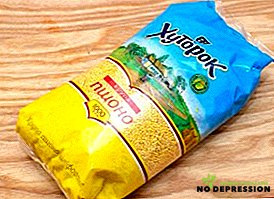
- Preference should be given to the goods packed in a plastic bag. This material allows the product to remain high quality for a long time.
- People who are on a diet should not buy polished grain, but dranets.
- No need to buy a product in large quantities. Indeed, the longer it is stored, the more strongly its taste and nutritional properties change.
- Store the cereal in a dark cool place.
- Storage packaging must be airtight and tightly closed.
To protect the product from bugs, garlic cloves, hot peppers or bay leaves are placed next to it. Remove excess moisture from their container with millet helps a bag of salt.
Millet Recipes
It is a mistake to believe that cereals are suitable only for making porridges. Meals that can be prepared using millet, a great variety - from soups to baking. Moreover, the cooking option can be dietary, lean, and festive.
Homemade cakes with cereal
Ingredients:
- millet - 200 g;
- water - 400 ml;
- coconut flakes - 100 g;
- honey or brown sugar - 2 tbsp .;
- vanillin - 1 tsp;
- dark chocolate - 150 g;
- milk - 50 g
Cooking time: 1 hour.

Preparation time: 460 minutes.
Calories per 100 g - 250 kcal.
Cooking:
- Millet is poured 200 ml of water for 6 hours. Then another 200 ml is added to the croup. water and put it to simmer on low heat under the lid closed. Millet is cooked until 2 tbsp of lb remain in the pan. water.
- Sugar, coconut and vanilla are added to the porridge.
- The mass is thoroughly mixed and transferred to the form, and then retracted in the refrigerator for 1 hour.
- Chocolate melt in the microwave or in a water bath. Milk is poured into liquid chocolate to produce a more liquid consistency.
- Coconut mix is gently placed on a plate, and poured over with chocolate icing on top. The cake is cut into equal parts and refrigerated for 40 minutes until the glaze is completely set.
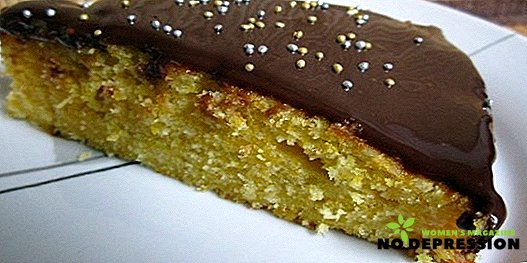
Casserole with pumpkin and millet
Ingredients:
- soft cottage cheese - 400 g:
- ryazhenka or thick yogurt - 400 g;
- large pumpkin - 1 pc;
- millet - 200 g;
- honey - 2 tbsp .;
- Cinnamon, orange peel - to taste.
Cooking time: 2 hours.

Preparation time: 3 hours.
Calorie dishes - 35 calories.
Cooking:
- Millet is pre-soaked in water for 3 hours.
- Pumpkin is cleared of fibers and seeds with a spoon.
- Curd with ryazhenka and honey are passed through a blender until a homogeneous mass is obtained.
- Millet, cinnamon and orange peel are added to the curd mass.
- Prepared pumpkin is filled with cottage cheese filling and put in the oven for 2 hours.
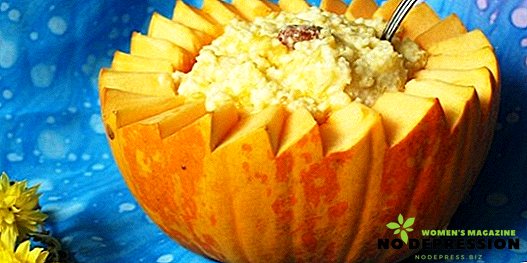
Harm and contraindications to use
In some cases, the use of millet porridge is prohibited. Among the contraindications emit:
- reduced acidity of the stomach;
- thyroid pathology;
- chronic constipation;
- problems with male potency;
- inflammation of the colon.
However, its negative effect on the thyroid gland has not been proven.
Conclusion
Millet contains a large amount of nutrients and trace elements. Therefore, it is necessary to use it both for adults and children. Due to its beneficial properties, the product is widely used in medicine, cosmetology and cooking.

Groats are ideal for preparing various types of dishes, both dietary and for the usual table. The product has a minimum number of contraindications to use.
and in addition to the article - a short video about the benefits of millet and millet porridge.





